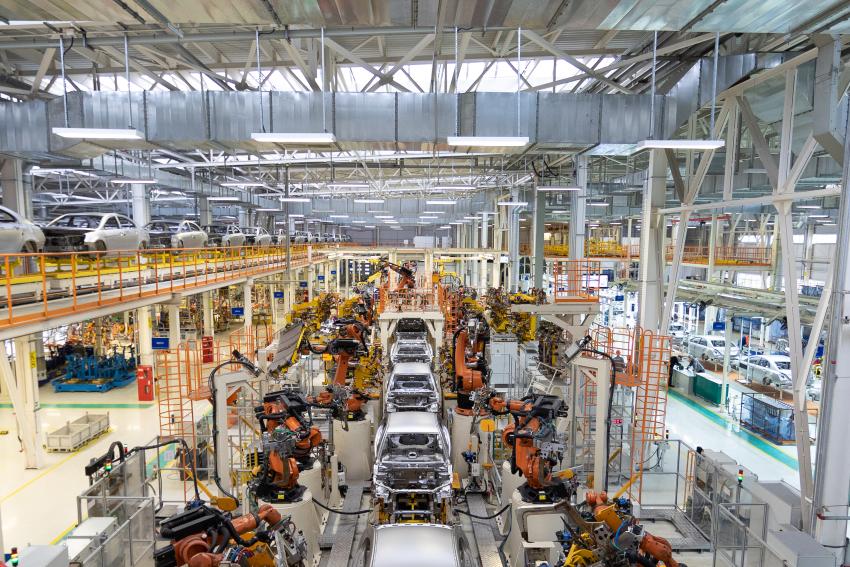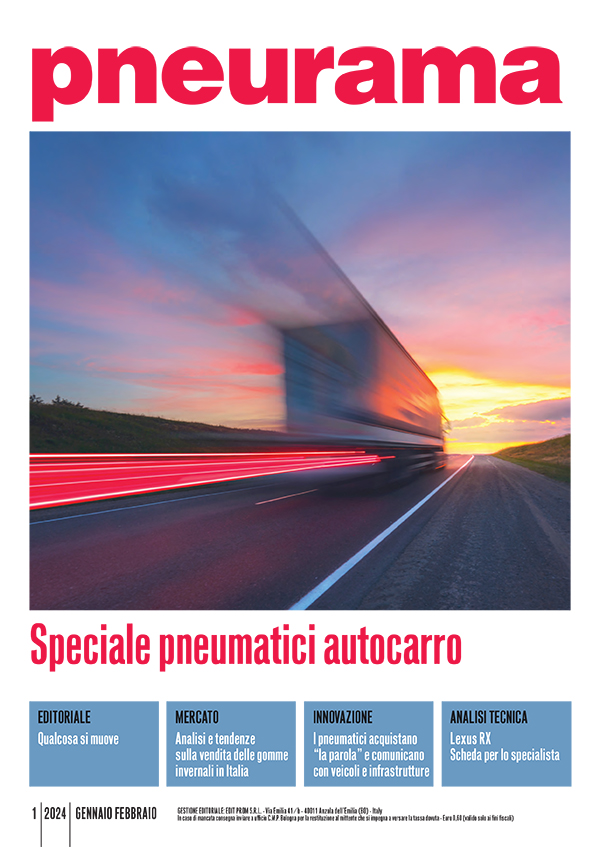Chip shortage, semiconductor shortage will do more harm than Covid
Ten million fewer vehicles produced and rising car prices from 2022

The automotive sector is in a turmoil. Faced, on the one hand, by a global shortage of microchips that is holding almost the entire sector hostage, coupled to a major drop in sales in 2020 due to the Coronavirus pandemic and the following lockdown. But that's not all: we cannot fail to mention that the challenges related to the environment are having huge financial repercussions. This is why the main protagonists of this vital sector for our economy are raising their voices demanding that the institutions apply, in unison, global directives on the subject. According to Unrae, for example, "Italy, compared to other large European markets, lacks a strategic plan to support the automotive sector and facilitate the “green” transition in line with European objectives, whether already in force or the even more ambitious EU Commission package for the reduction of 55% of emissions by 2035".
This was stated by Andrea Cardinali, Director General of Unrae, the Association representing foreign car manufacturers operating in Italy. The statement came after the publication of the European automotive data for July and August, which evidenced that Italy, in July, did a little better than the European average compared to 2020 (19.2%) but worse when compared to 2019 (-28.1%), while in August - a month that traditionally records very little sales volumes - the comparison is slightly reversed with a drop of around 27% on both 2020 and 2019. Cardinali recalls that "in Germany, the government has already allocated more than 5 billion euro to support the demand for electric cars and Plug-in hybrid, for the replacement of older industrial vehicles and the development of charging infrastructure until 2025 " and "also France has allocated about one billion in its National Recovery Plan for the purchase of electric vehicles, 1.1 billion for the renewal of the circulating fleet, also adding another 100 million to the 2018 national plan, with a target of 7 million electric charging stations by 2030." In Italy, on the other hand, Cardinali continues, "the NRP talks about a rather generic target for 2026 without any timeline, and completely forgets about supporting demand and the renewal of the circulating fleet, while the Ecobonus currently in force, already weakened by dwindling funds, has not been refinanced yet even for 2022." Anfia, on the other hand, is alarmed by the market data: "After four positive months and a double-digit increase in the first half of 2021 (+27.1%), although pre-pandemic volumes are still a dream, July marked a significant setback for the European car market, with new registrations down 23.6%". This was confirmed by Paolo Scudieri, president of Anfia, after the publication of Acea's data, underlining that "the five largest markets (including the United Kingdom), taken as a whole, show a heavier drop than the market average (-27%), and they are all down by double digits".
The month of August was also negative, and according to Scudieri, "while the consequences of the pandemic are still being felt, the ongoing microchip crunch, which analysts predict will linger well into 2022, makes managing an already slow recovery particularly complicated, slowing down or even stopping production lines and the delivery of new vehicles". Faced with this situation, according to Scudieri, it seems vital "to work on a new European strategy for the supply chain of microchips, so that the European Union can free itself, at least in part, from its dependence on Asian countries, while remaining alert on the impact of a possible further acceleration of the electric transition - envisaged by the European Commission’s Fit for 55 regulatory package, which looks ready to ban "traditional" engines from 2035 - on the Italian and European industrial fabric, which will be able to face this challenge only through a strategic plan aimed at leading the sector in transforming production processes, something that is still lacking in Italy".
Ten million fewer vehicles produced and rising car prices from 2022
Industrial transition, components, infrastructures, electrification, hydrogen and alternative fuels take the stage
The long process needed to revise the Machinery Directive (2006/42/EC) came to an end on 21 April last, when the European Commission presented the proposal for a new Regulation
